Well, I guess I should start with a spoiler: this isn’t a positive review. Apologies if you’re a Pujol fan. It’s a pity, because after all, Pujol has been on the World’s 50 Best Restaurants list since 2011 and has won countless awards under the leadership of Chef Enrique Olvera. If any restaurant could be expected to delight the palate, it must surely be this one. But, in the end, I was disappointed. Very disappointed. In fact, it’s not an exaggeration to say I was horrified. But I’m getting ahead of myself. Here, for what it’s worth, is an account of my experience at this iconic Mexican Fine Dine venue.
The food
For reasons that will become clear later, our arrival at Pujol hadn’t made for a promising start. But we were prepared to put this behind us. After all, it was the food that really mattered: we felt sure that this would make up for any other shortcomings. And the first course was, to be fair, quite encouraging. This was because, first up, was Pujol’s signature baby corn with chicatana ant mayonnaise, served in a smoking dried gourd. And it was, I confess, pretty tasty. The corn was crunchy, and had a nice coating of flavourful and sticky sauce, though I’m not convinced that the dust of ant added much. Unfortunately, however, this course proved to be the highlight of the meal, which kind of fell off a cliff, in terms of quality, from there on.
Take, for example, the lobster taco. This was pieces of lobster from the Baja region, topped with strands of celery and pieces of samphire. There was a decent amount of well-cooked lobster, and the texture was good, but there was a very obvious lack of freshness. And the following dish, a tuna taco, didn’t really improve things – covered by shiso leaf, the tuna was so stringy that I had to pull it apart with my finger! Next up was a taco with a huge blob of butter bean and peanut sauce, which – though I haven’t actually tried this – must be similar to putting a spoonful of peanut butter with a touch of hot sauce in your mouth.
Now came what was probably the most interesting item on the menu – a chorizo fish taco. A mixture of minced fish, chorizo and macadamia nuts, between layers of onion, it provided a ray of hope for the rest of the meal, as it was not just an interesting dish, but very flavoursome, too. But this ray of hope flickered only briefly, as the next course – abalone huarache with black beans and cherry tomato – was another let-down. Despite a nice texture, the abalone were thinly sliced and absolutely screaming for seasoning.
But if the abalone taco was a let-down, what followed was simply a lie. In fact, the description of this taco was so far from the reality, I thought for a moment that they’d sent us the wrong dish! Given the grand-sounding title of crab chilpachole, sea urchin, it was supposed to be a Mexican version of bouillabaisse. But, in actuality, it was just a tiny cup of foam with some corns at the bottom. There was absolutely no sign of either crab or sea urchin, and when I asked where they were to be found, the answer was. . . (wait for it) . . . in the aroma! A joke? If so, it was a poor one. And this story of culinary woe doesn’t end there. Alongside was a bao filled with bean and topped with caviar. Although the bao had a good texture, the caviar was watery with an unpleasantly fishy aftertaste. This, I’m guessing was because it was a low quality baerii. One thing’s for sure – it wasn’t osetra!
Amid all this negativity, however, there is the occasional note of positivity. I’ve already mentioned the chorizo fish taco, and now came another recipe which is definitely worthy of applause: Pujol’s mole madre. Claimed by Pujol to be nearly 3,000 (actually 2895) days-old, it relates to the idea of a mother dough in the bakery world, and is made by folding fresh mole into the base of old mole. It was served along with mole nuevo, which has seasonal fruits at its centre. And both were very pleasing to the tastebuds. I’ve had lots of great mole in Oaxaca, and the madre was definitely on a par with those. . . creamy, good depth of flavour, very satisfying. I’m not convinced that, from a taste perspective, the 2000+ days of maturing made much, if any, difference, as the constant addition of new mole must dilute the original to vanishingly small levels. It’s a different situation to the sourdough starter, where the presence of live microorganisms mean that age does make a noticeable difference. But regardless, the Pujol mole madre was very enjoyable.
And now came the dessert. Which raises an interesting question: why do pastry chefs in this type of fancy restaurant no longer do pastry? I’m not talking just about Pujol – many places these days focus exclusively on ice-cream or sorbet as dessert. I’m always disappointed when a professional kitchen team serves something that even high school students are able to make at home. Anyhow, we were served with a mango sorbet, decorated with fennel flower and served on a thin, round slice of jicama (like a Mexican turnip) – you can really eat it just like a taco. And I have to admit – it was refreshing and fun.
To finish, we were served a Nopel cactus ice cream with dragon fruit. It struck me as odd that the Nopel cactus is green, yet the ice cream is black, with an unusual woody smell. When I asked why, I was surprised that it took them quite a while to find out the answer, as it turned out to be obvious – it’s because they roasted the cactus (doh!).
Arrival and Service
Having arrived promptly at 6:30pm, it was instantly obvious that the restaurant operated to a strict schedule. Without even so much as a greeting or friendly smile, a member of staff directed us (there were two of us) to our counter seats, where we were the last of the 12 (the counter capacity) guests to take their place. A wine list was then immediately thrust in front of us, encouraging us to order the wine pairing. We declined. We were then given the evening’s “taco omakase” menu, since we’d decided, prior to our visit, to select Pujol’s Omakase option (as opposed to its Tasting Menu, of which we’d heard some unflattering reports).
The taco omakase menu consisted, basically, of 9 tacos. Our bill came was US$195 per head which included a single glass of wine each. Every course was served by a line of 6 staff, each carrying two plates, who marched out from the kitchen to serve all 12 guests simultaneously (yup, you guessed it – it was a “group tour” experience. No wonder they were keen to get us seated!). Each plate, bearing its treasure of a tiny taco, was placed in front of a guest with a level of care and ceremony which some might have liked, but which I – to be honest – felt was slightly pretentious. In fact, I found it rather funny. After all, it was just a taco for Heaven’s sake, yet the way they served generated a sense of amazing anticipation. More important (to me anyway) was the fact that the waitress who served our side of the counter had very little knowledge of the food. All she could do was mechanically repeat the three main ingredients that were already listed on what was already a very brief menu. Of the origins of these ingredients, or how the dish was prepared and why it was special, she had no clue. It seemed to me that a little more background on each taco would have helped everyone to appreciate it more.
My expectations
The whole experience was a far cry from the standard that I expect of a world-class kitchen. But then you might ask: so – what exactly did I expect? What, precisely, is my problem here? After all, the Pujol website clearly states that the Omakase menu is “…inspired by the Japanese omakase, where the guest lets the chef guide his tasting. . . in a barra de tacos”. So, yes, I knew that the menu would be designed around tacos. But this is where my problem starts, because being at the leading-edge of Mexican cuisine, I expected this level of restaurant to offer a different taco experience; an experience that’s altogether more innovative and creative than you’d find in your average, run-of-the-mill eatery. I apologise if I’m offending all those Pujol fans out there, but it seems to me that anyone who genuinely thinks that Pujol’s tacos are more delicious than those from, say, Los Panchos (where a wholesome meat taco costs just US$3), hasn’t actually tried street tacos in Mexico, or is simply deluding themselves.
But my disappointment in Pujol extends beyond the just the taste of the tacos. I can’t help thinking that Chef Enrique simply doesn’t ‘get’ the whole ethos, the basic spirit, of omakase. This, as I’ve always understood it, is a Japanese approach that delivers a dynamic dining experience; an experience where the chef prepares meals from behind the counter, interacting with diners and adjusting courses according to real-time feedback from them. I realise, of course, that being completely faithful to the omakase philosophy would be impractical in many big restaurants. But Pujol doesn’t even attempt to achieve the aims of omakase. If anything, in fact, it goes to the opposite extreme: diners were placed around the cocktail bar counter, unable to see how the food was prepared, then served by a team of robotic staff who lack even the most basic knowledge of what they are serving. Despite this, the meal is framed as an exclusive dining experience.
This last point lies, I think, at the heart of my sense of disappointment. This is because, at it’s heart, it’s a point about passion. Japanese chefs who serve omakase menus do so because they are passionate about delivering the very best experience to every guest. However, at Pujol, not only does the establishment not attempt to capture the omakase spirit, but none of the staff appears to have an iota of passion for their job. Everything is about just one thing: getting 12 people out as quickly as possible, and the next 12 in, like a production line. The entire operation seemed mechanical and soulless, with no thought of anything but maximising profit. Now, naturally, I fully understand that a restaurant in a major city must be a commercially-driven operation, and that profits are necessary for survival and growth. The problem is that, while this is true, it shouldn’t come across so starkly to customers. If it does, then the restaurant has surely failed on one level at least. Pujol has insulted the concept of Omakase.
Some final remarks
Imagine you’re traveling in China and you stop to enjoy the cuisine of a local (Chinese) restaurant, then notice that you can’t see one single Chinese person eating there. What’s your reaction? It’s obvious. It’s a tourist trap!
This was my experience of Pujol. There were 12 of us at the counter, none Mexican. After all, it’s not as if the place serves a globally unique cuisine which would naturally have a customer base mostly from aboard. Pujol is in Mexico City, one of the biggest cities in the world, and serves a taco menu, the country’s most popular dish. The obvious conclusion must be that either (a) the food isn’t great at all – and the locals know it, (b) it’s way overpriced for what you can get locally, or (c) both of these. I can’t help thinking that the staff at Pujol must be laughing behind their hands at us poor fools: foreigners willing to book months in advance and pay extortionate prices, just for a bunch of tacos, served on fancy plates.
How does this happen? How does such an obviously mediocre – downright bad is a better description – restaurant maintain its popularity? How can a restaurant that serves a simple flavoured foam, misleadingly labelled “crab” and “sea urchin” in the menu, still get lots of “wows” from diners? I think the answer lies, at least partly, in personal vanity: no-one wants to admit they have been fooled. The result is all those rave reviews, acclaiming the “best tacos ever”. But, while I, like many others, was fooled by Pujol’s presence on the list, I – unlike many others – am prepared to admit it. And I urge others to do the same, instead of helping to propagate the reputation of these culinary thieves. We all know it’s a pretentious sham of a restaurant, serving tacos which are no better than those purchased on the street (and probably not even as good), so let’s all admit it. Let’s all own up to being fools. Serving street food in a posh setting doesn’t make it fine dining!
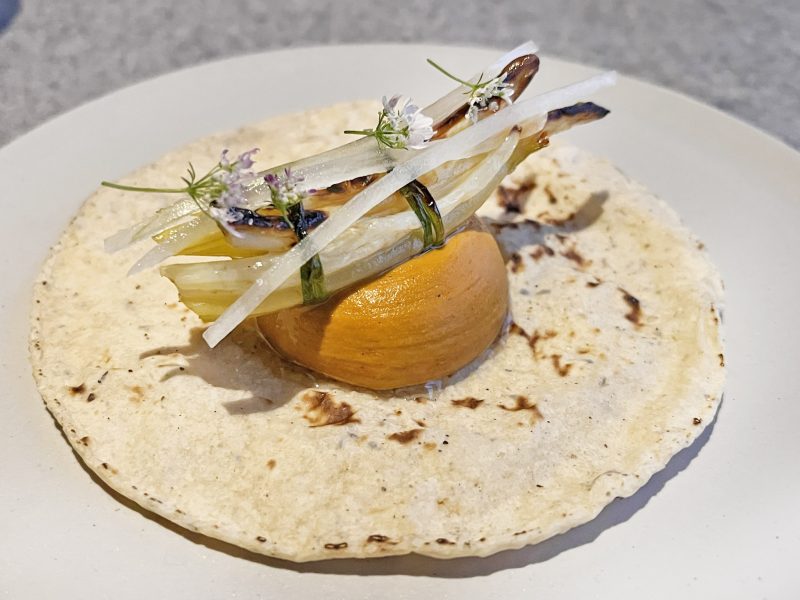
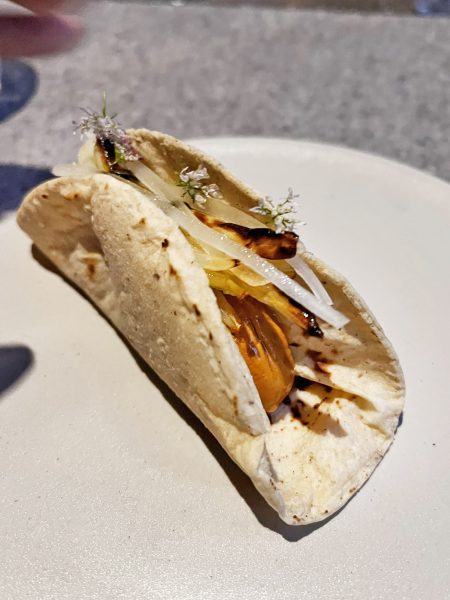
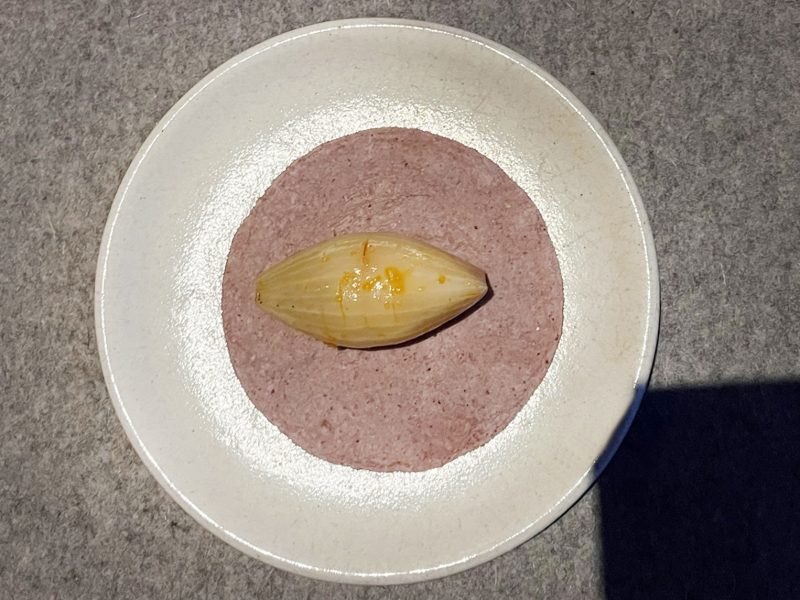
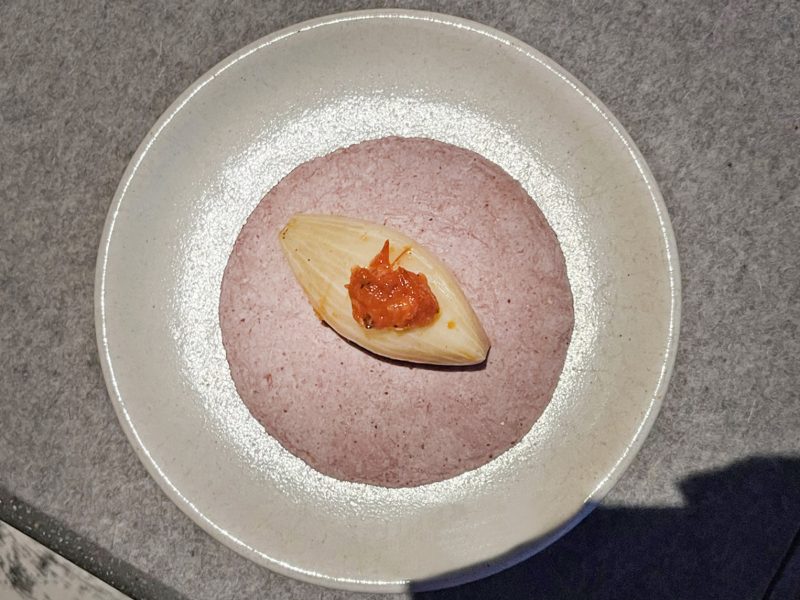
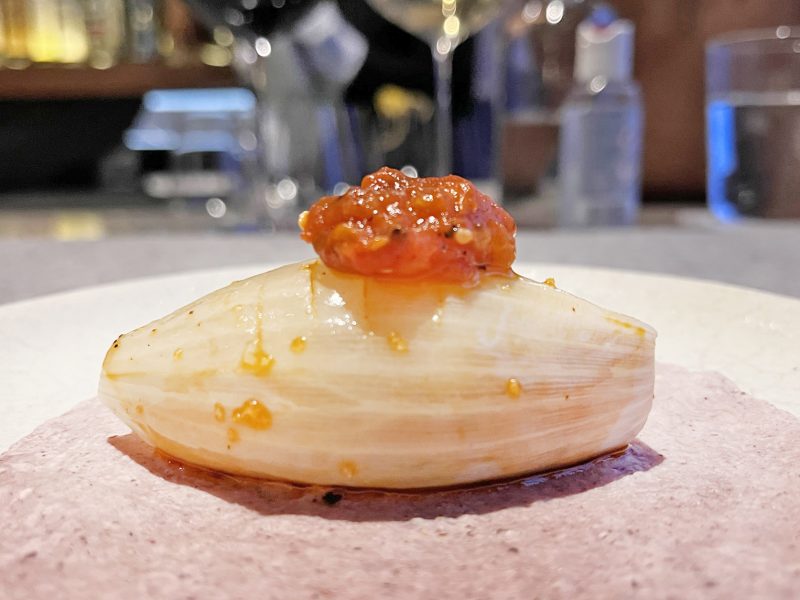
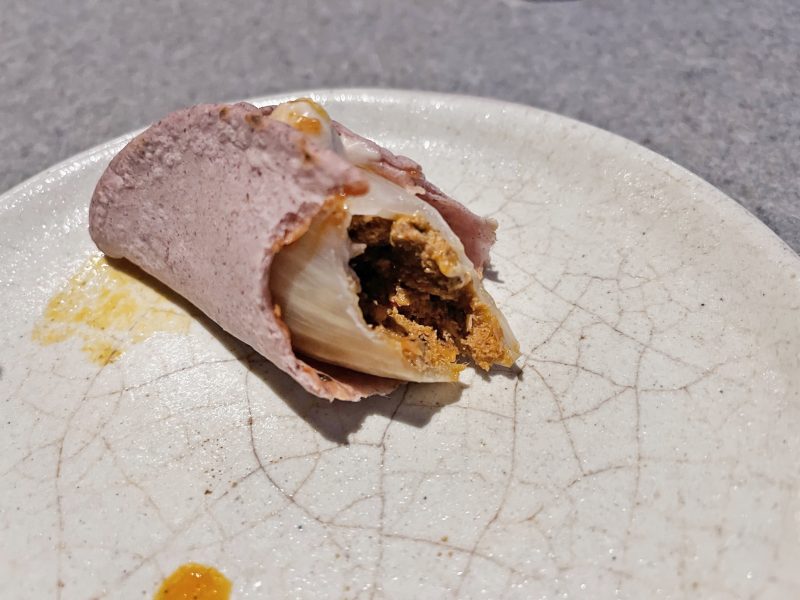
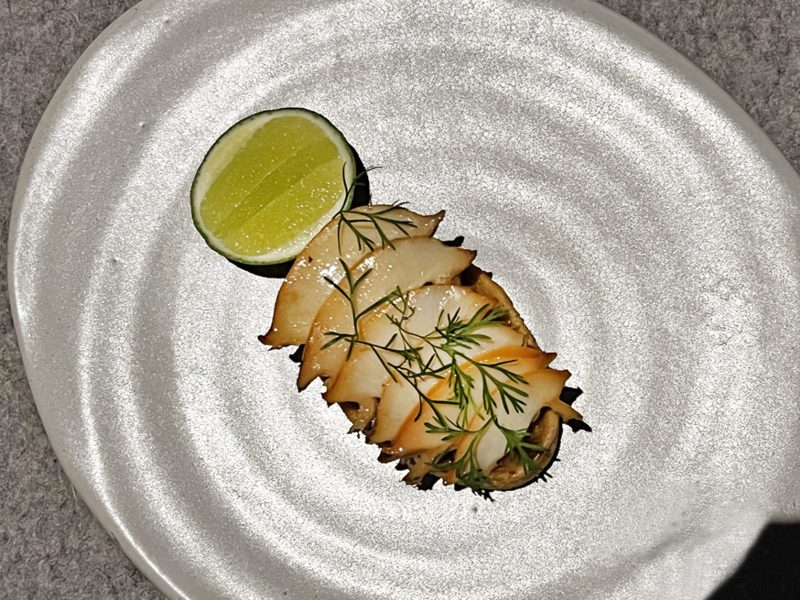
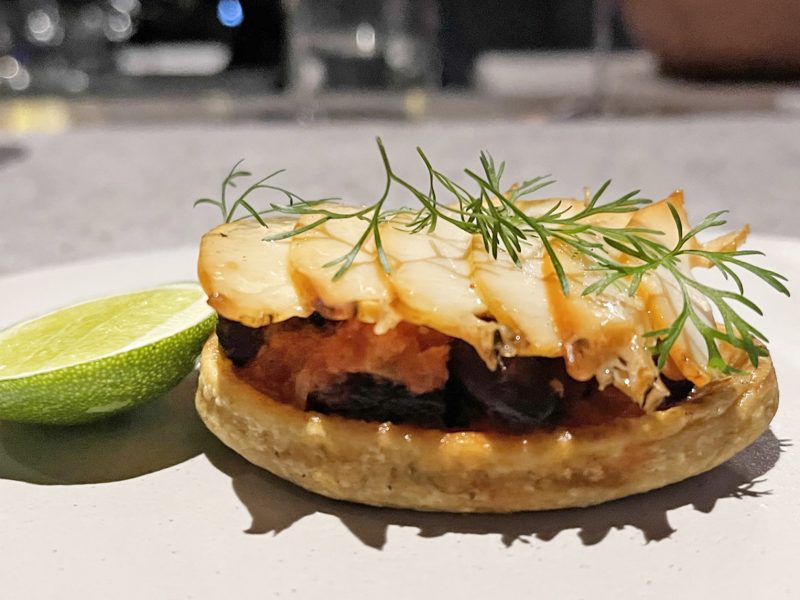
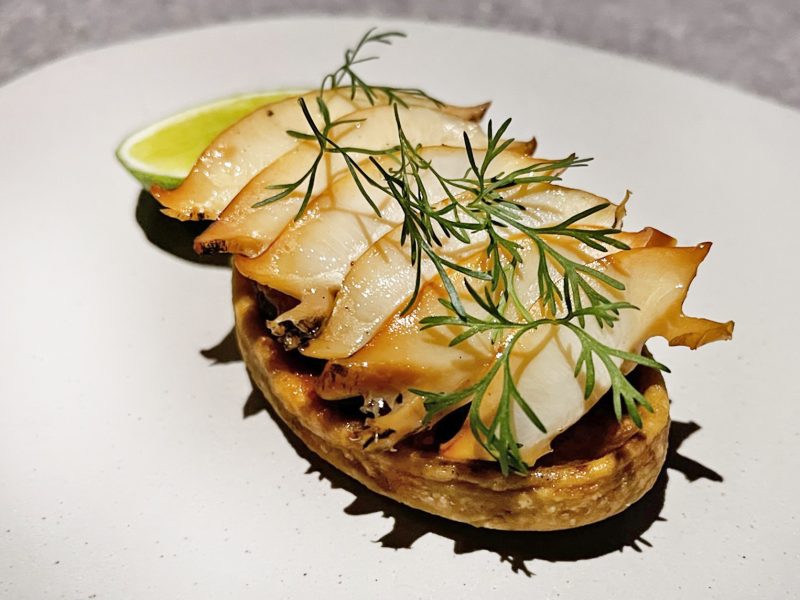
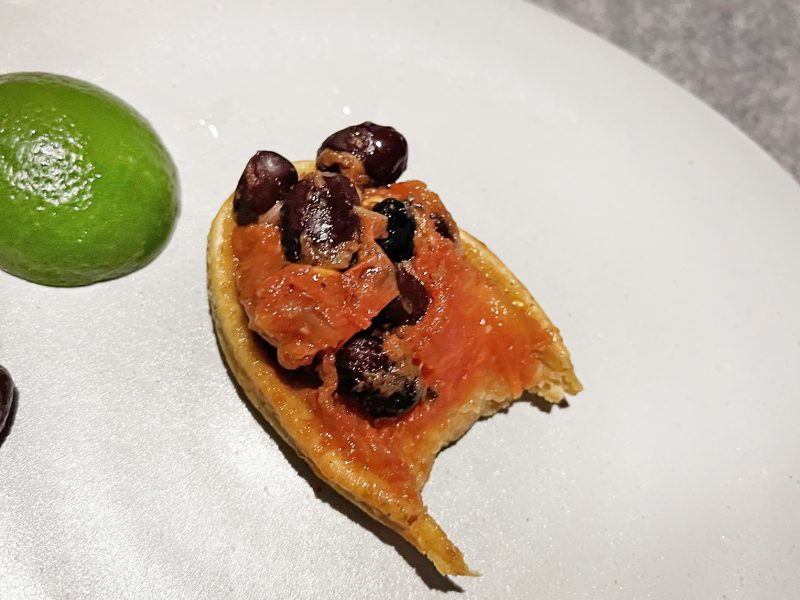
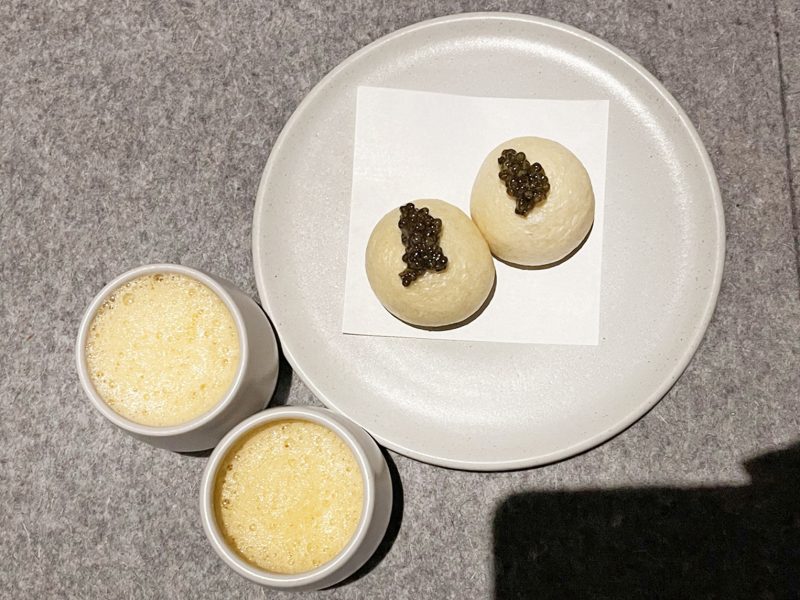
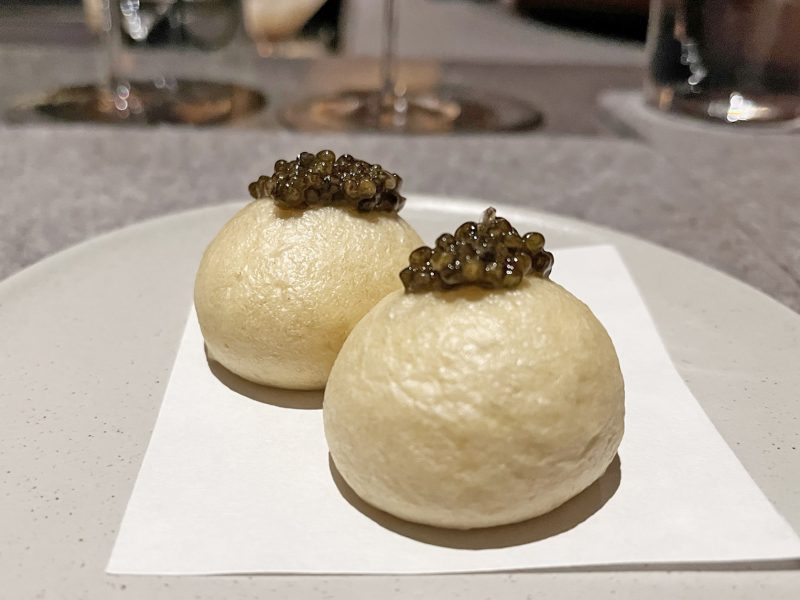
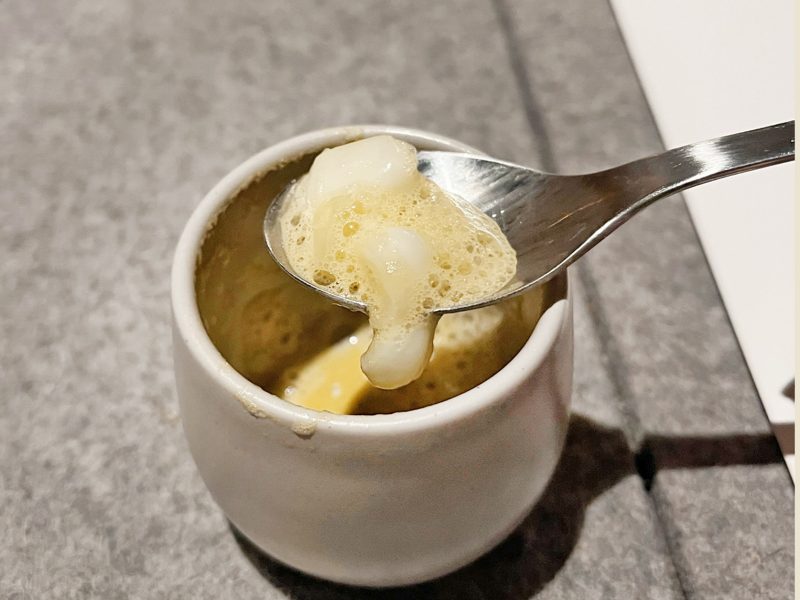
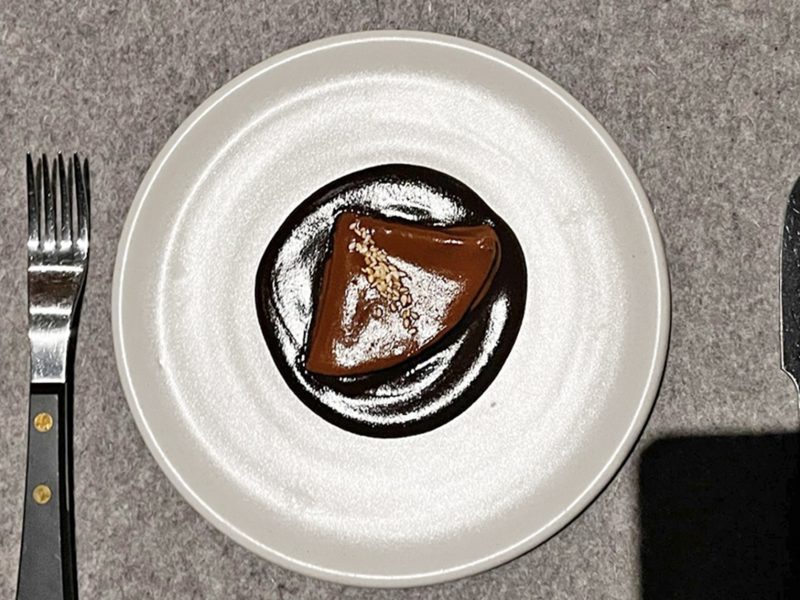
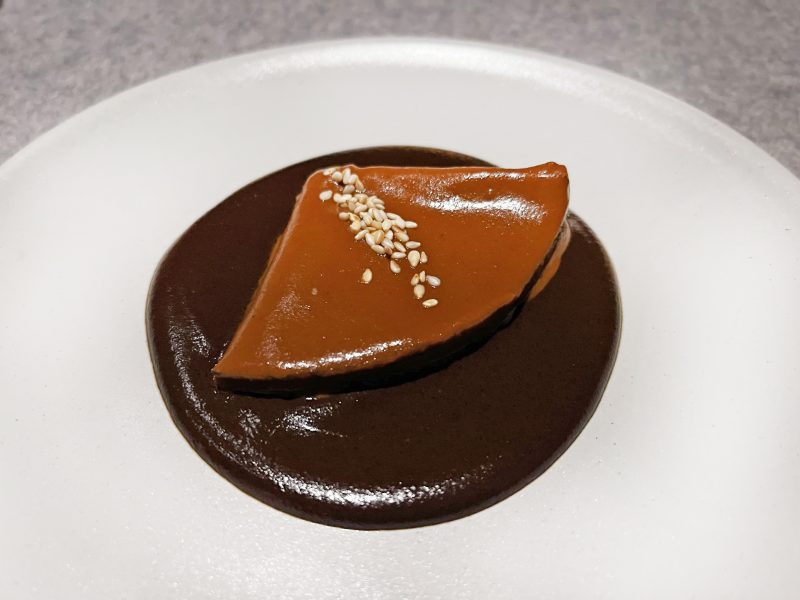
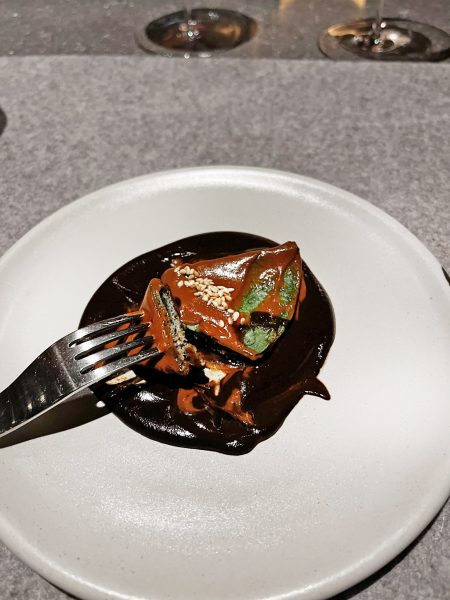
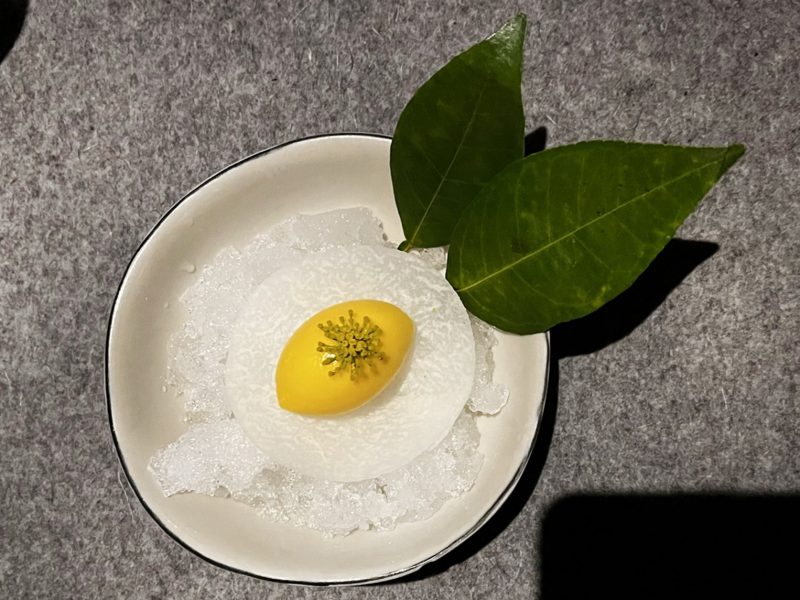
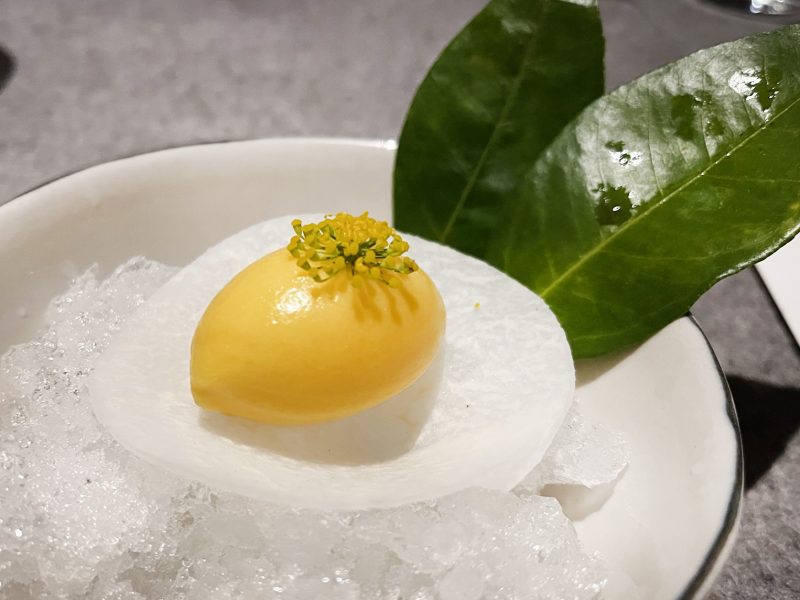
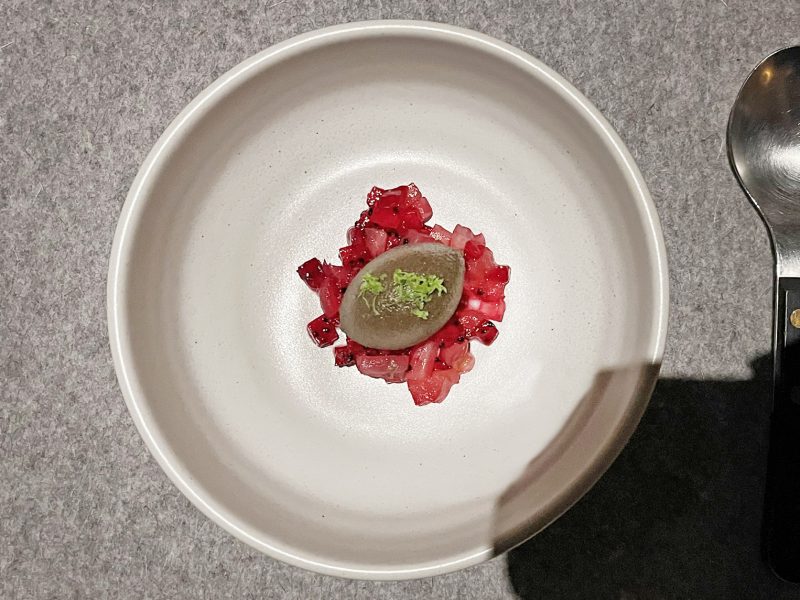
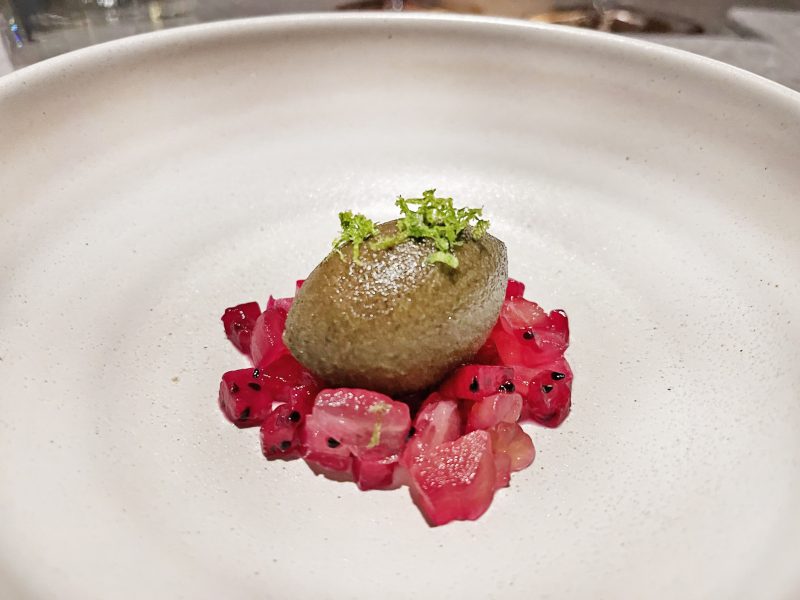


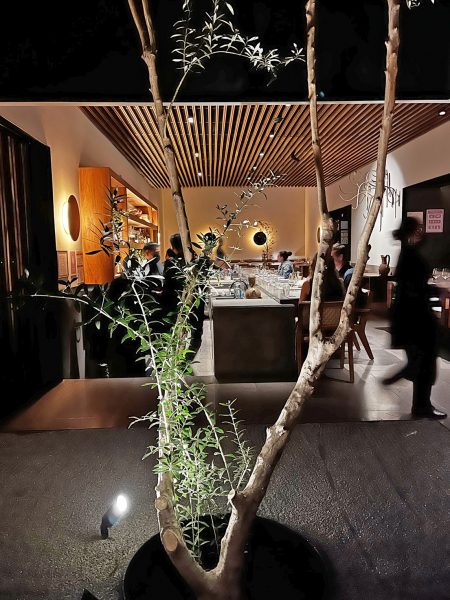
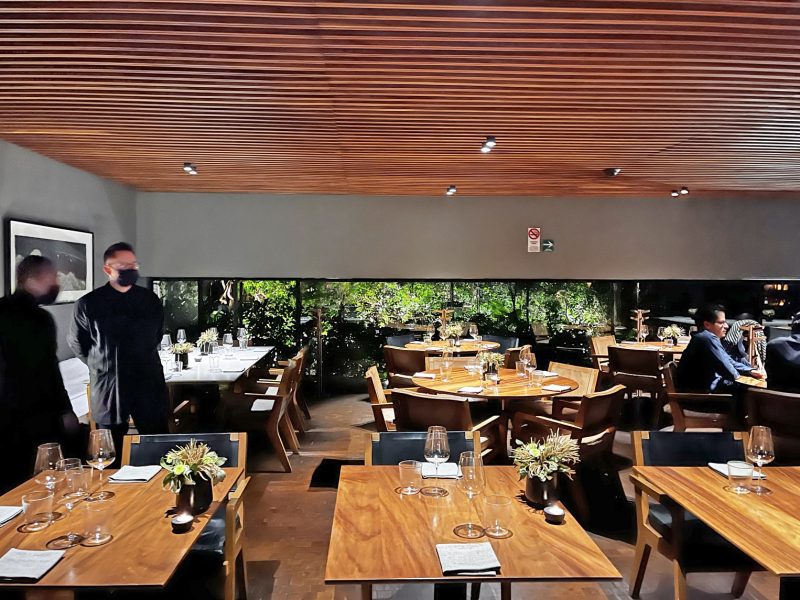
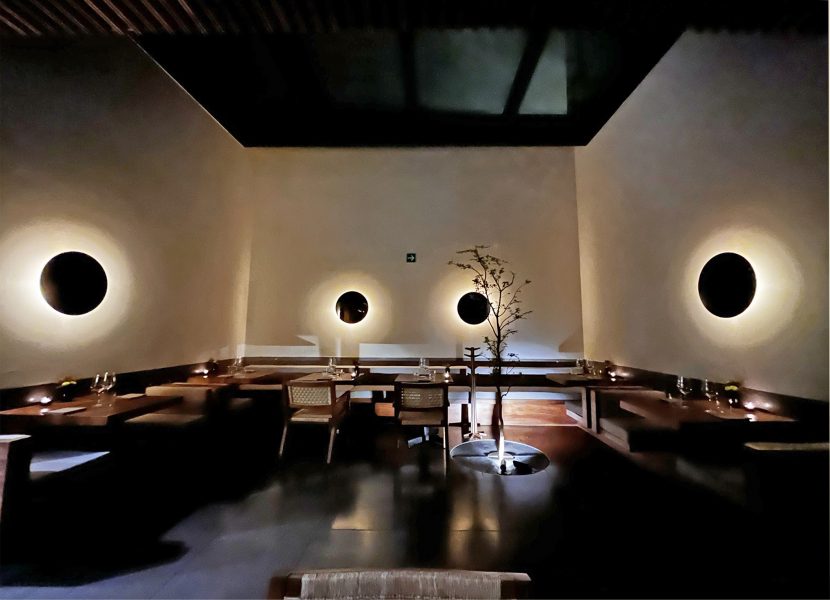
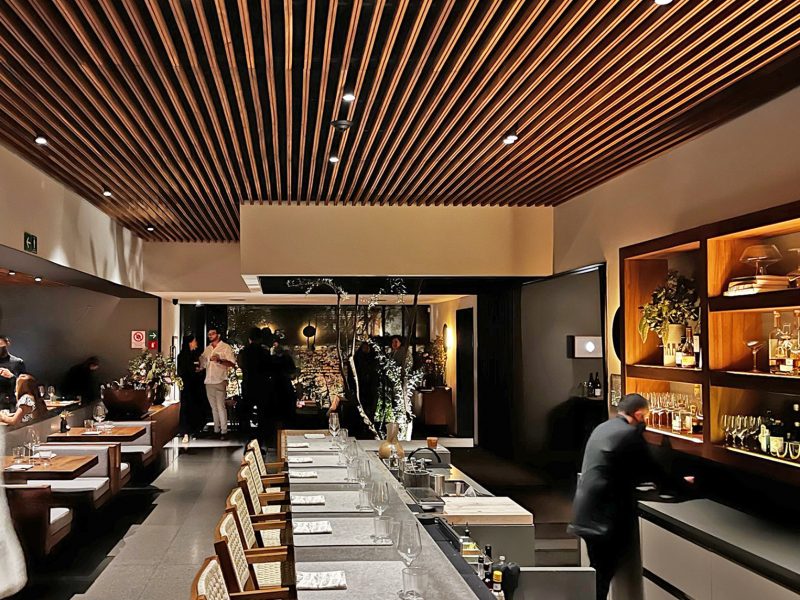
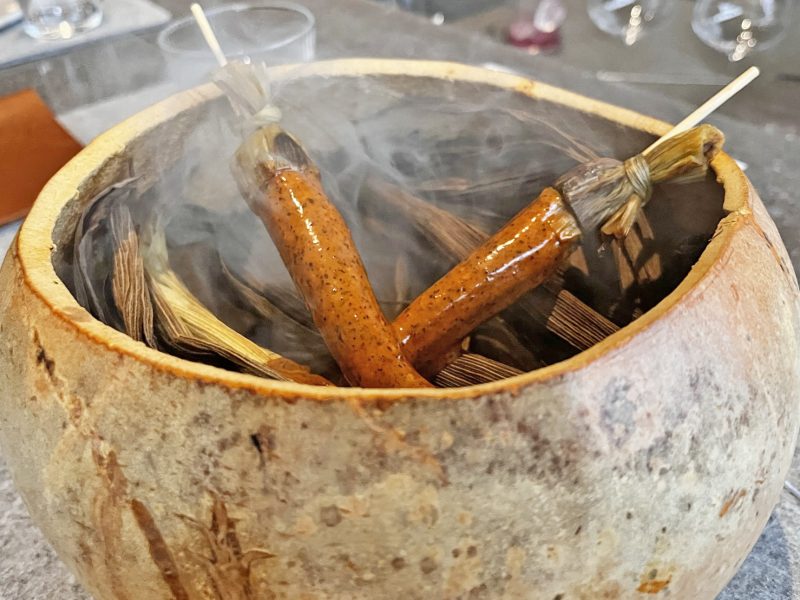
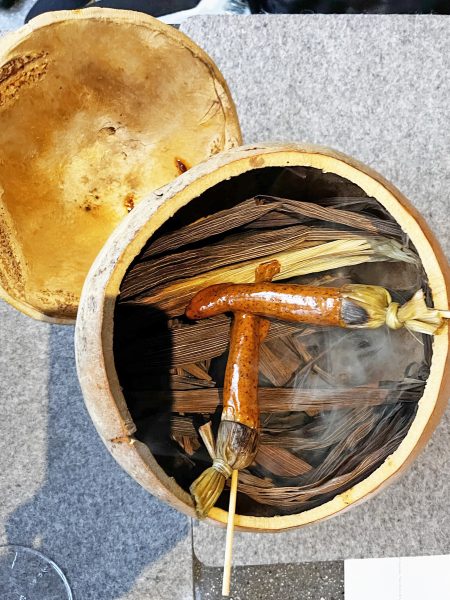
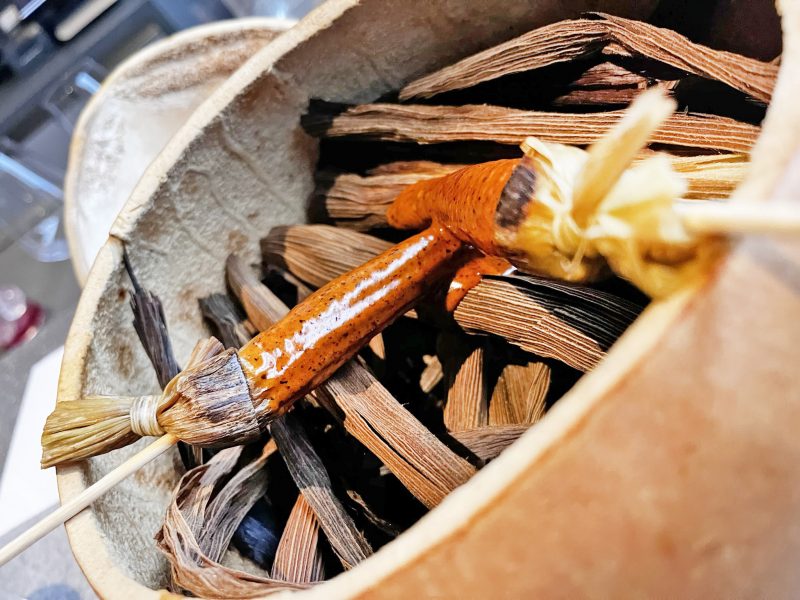
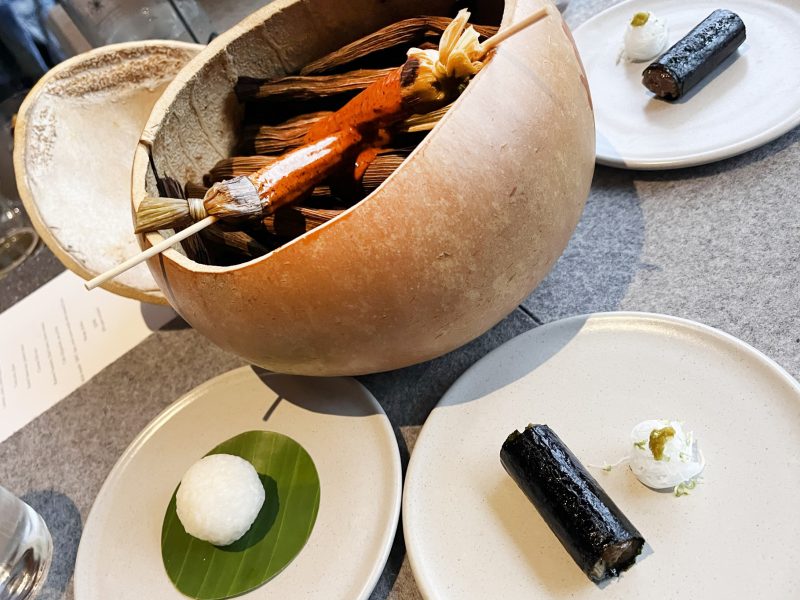
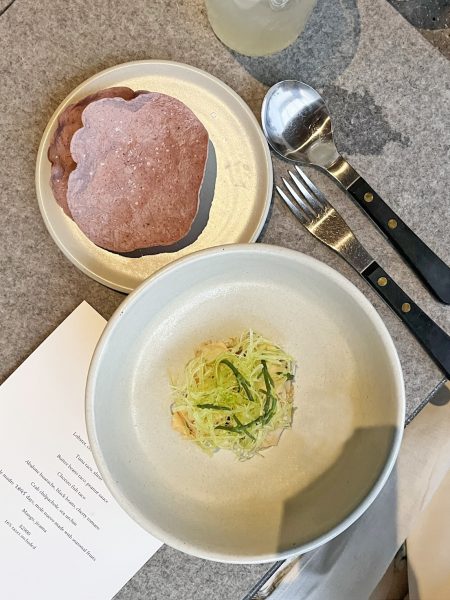
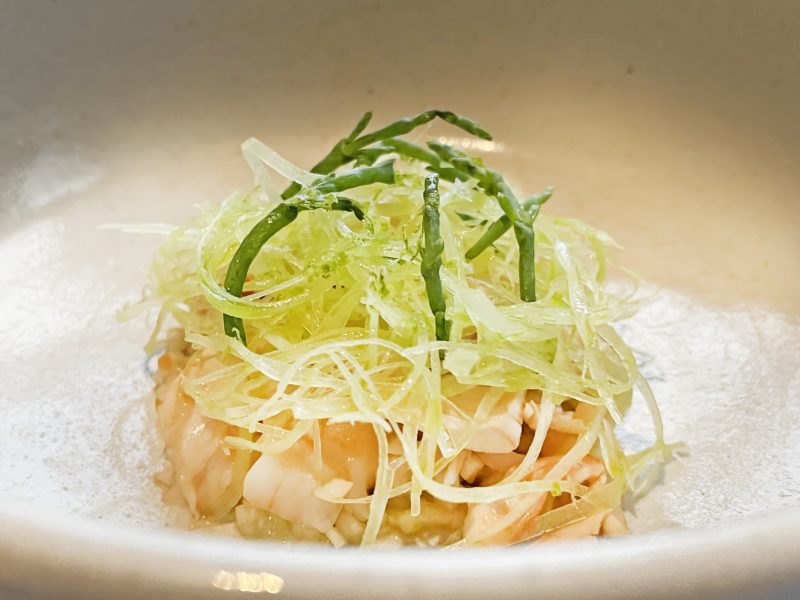
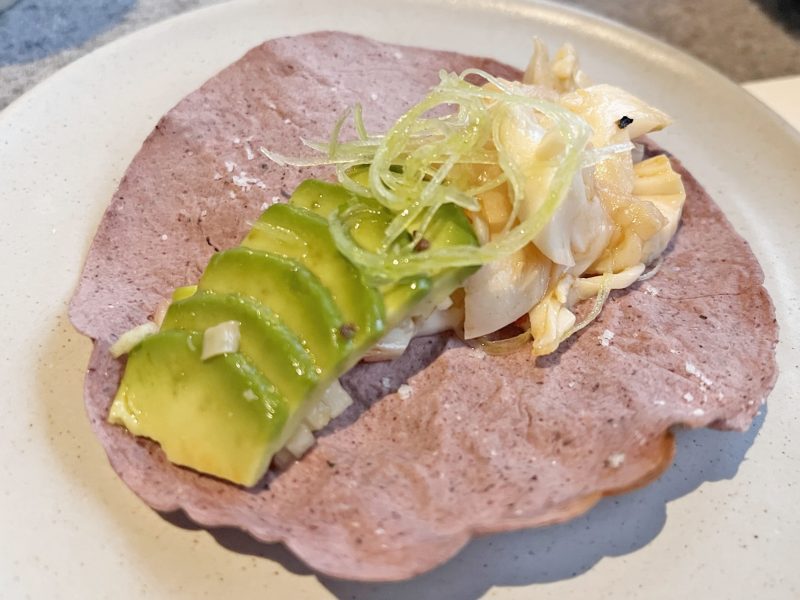
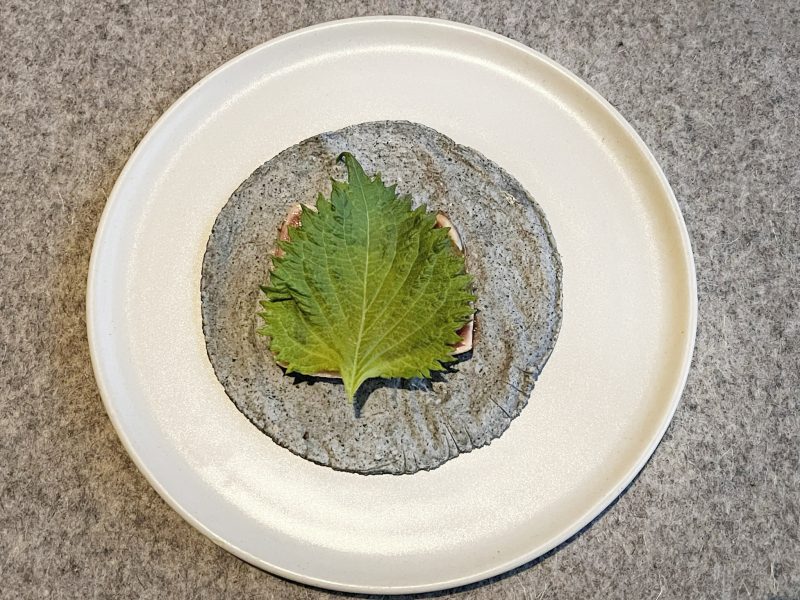
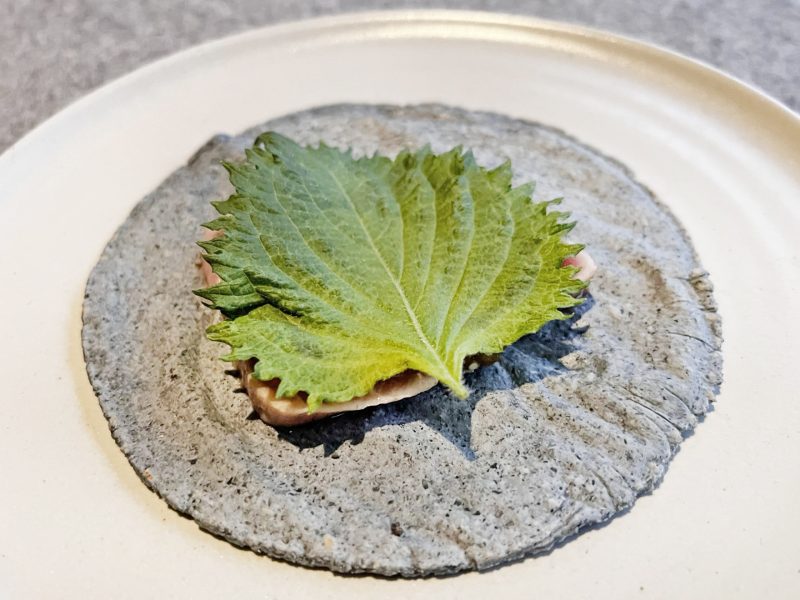
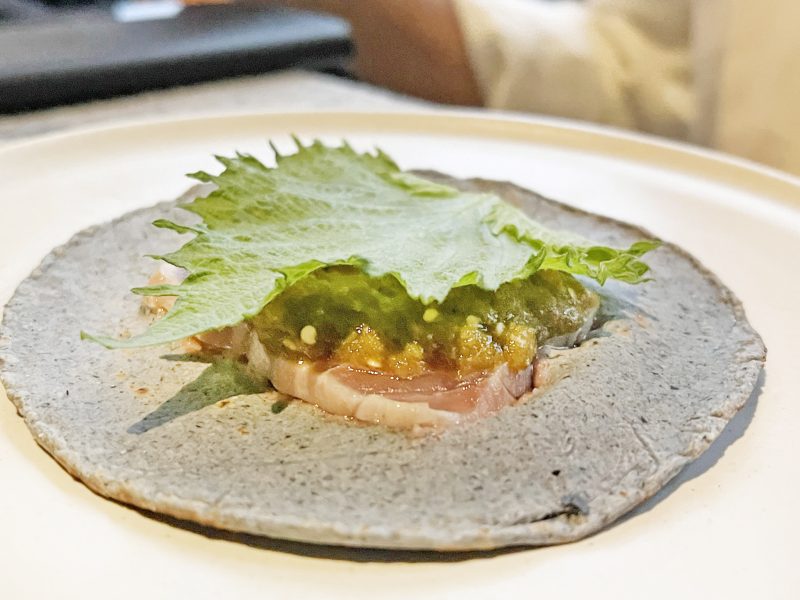
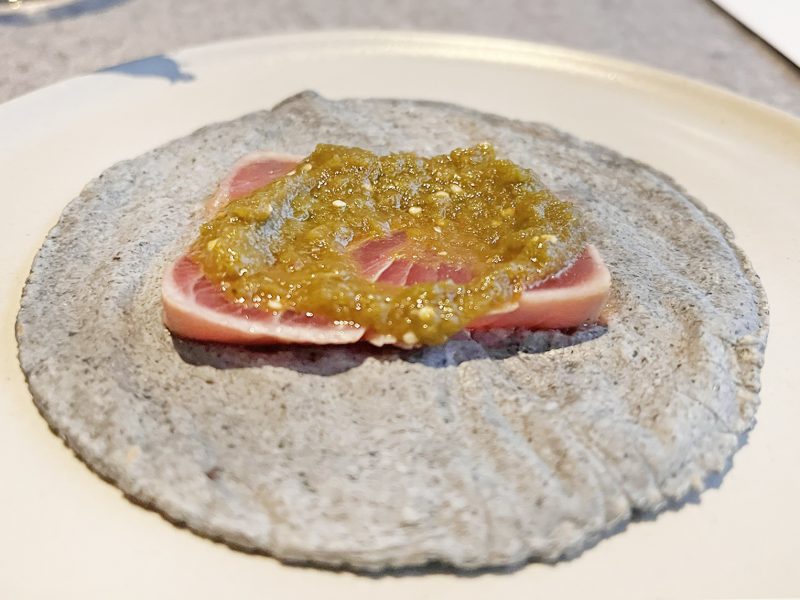
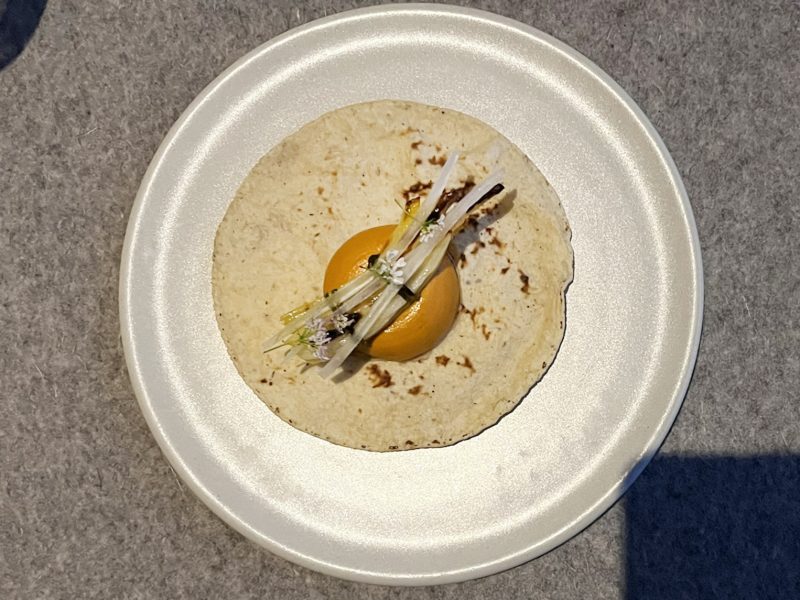
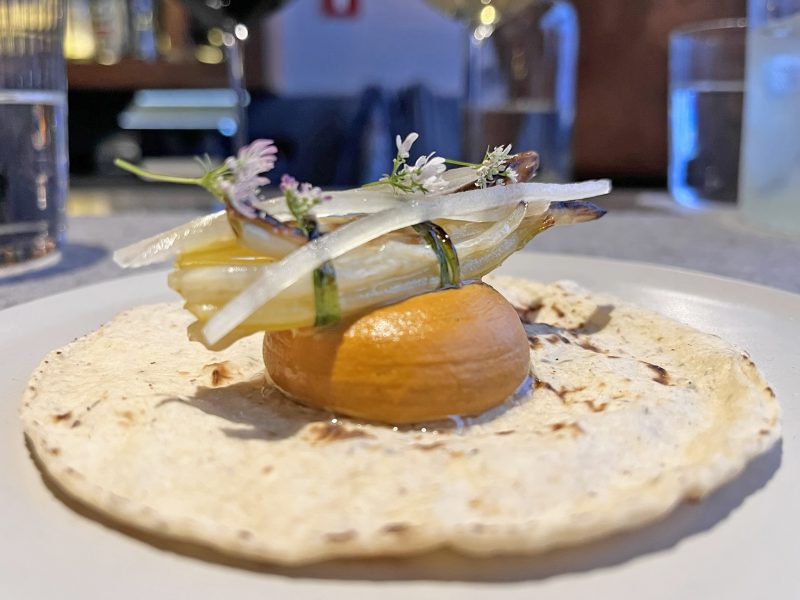









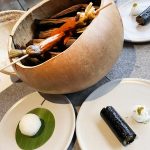















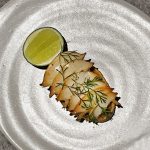




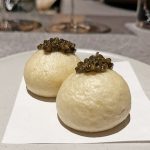


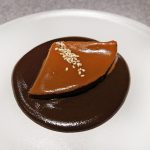



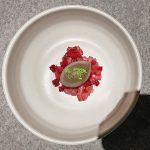
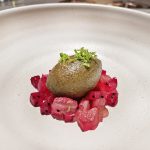
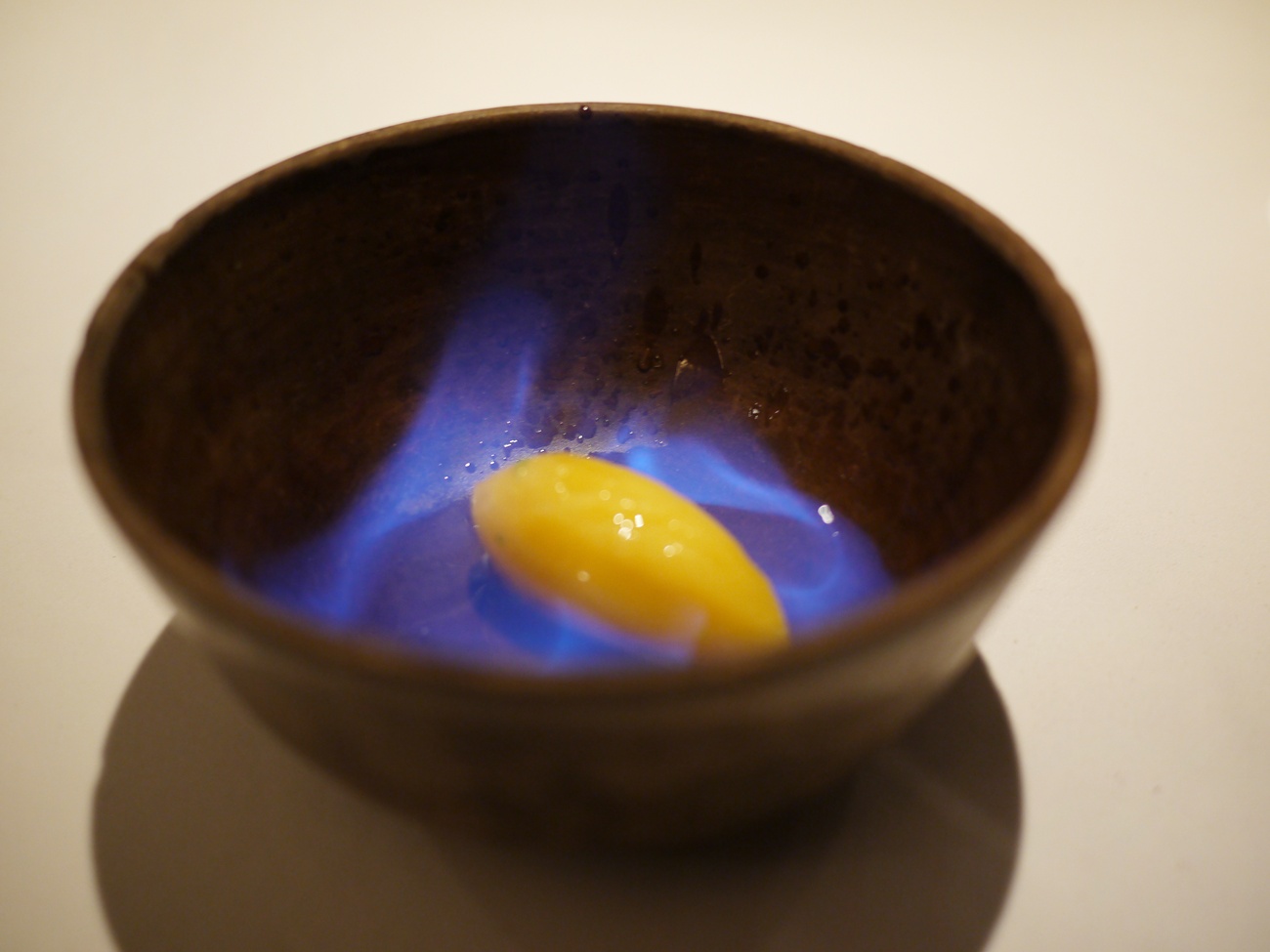
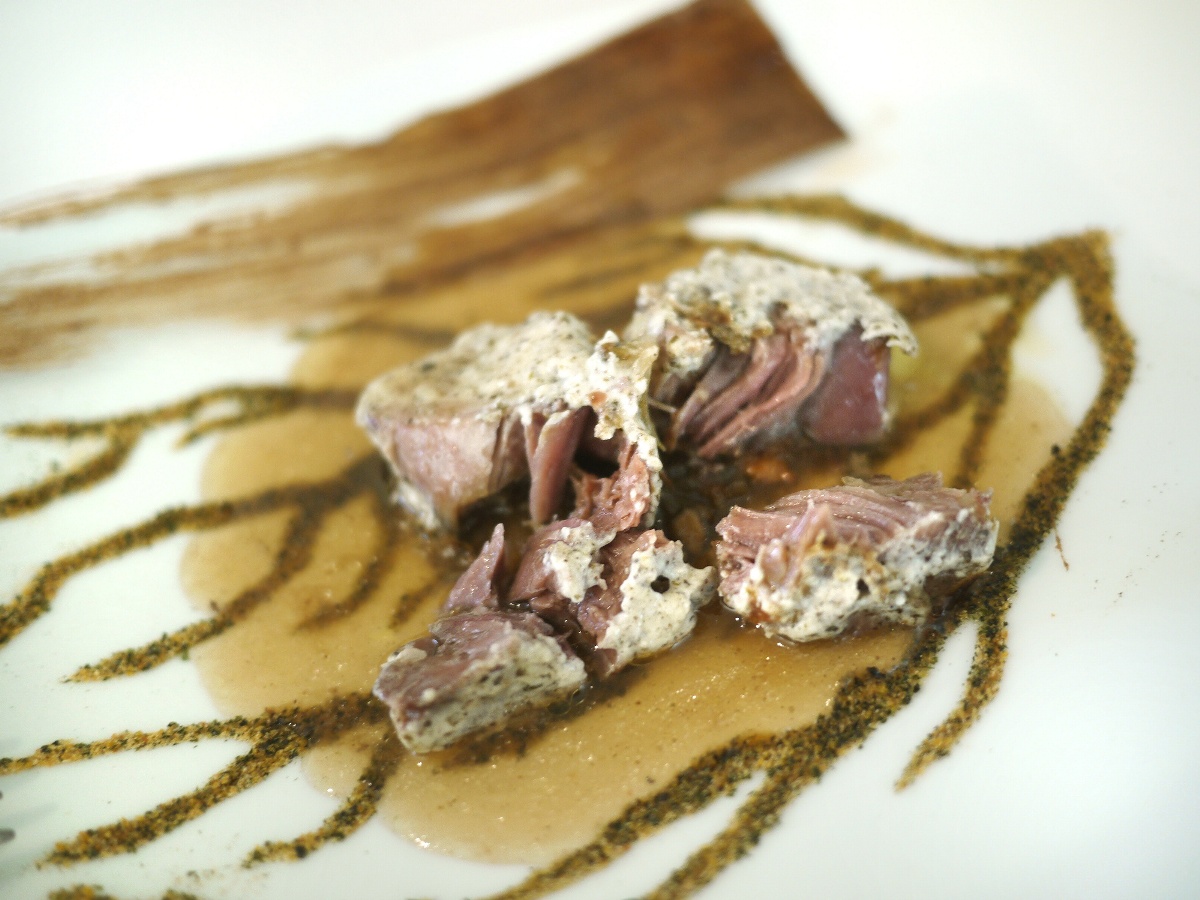
CUMBRIAFOODIE (The English Lake district)
You hit the nail right on the head there. Foreign Diners paying ridiculous amounts of hard earned money and are too embarrassed to admit they’ve been conned and look like fools….its called “Culinary Theft”. The Restaurant world gets more crazy and ridiculous by the week. God’s of the kitchen? Total joke. Thank you for giving us all a big wake up call and an education into the wonders of “Ant Dust”…..Clowns should be working in a circus, not a Restaurant.
A. Hansen (Copenhagen)
Very harsh, but lots of good points. Where are the crab and sea urchin :d
Allen Yu (Shanghai)
Wow. Rarely see such a negative review on World’s best restaurant hahahahaha